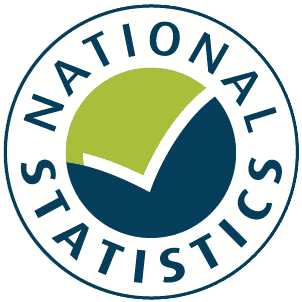National Travel Survey: 2015
Statistics on a household survey designed to provide a databank of personal travel information for England.
Documents
Details
The report contains the latest results and trends on how and why people travel with breakdowns by age, gender and income. It also contains trends in driving licence holding, school travel and concessionary travel. These statistics cover personal travel within Great Britain during 2015 by residents of England.
We welcome user feedback on the NTS including potential changes via our email address.
In 2015, on average, each person:
- made 914 trips per year
- travelled over 6,600 miles per year
- spent around an hour a day travelling (368 hours per year)
Trip rates have been falling steadily since the mid-1990s, with the 2015 figure being the lowest recorded. This shows:
- car and walking, which together account for 86% of trips, have decreased
- trips by rail and bus in London have increased
- trips for shopping, commuting and visiting friends have fallen consistently since the mid-1990s
The NTS also shows:
- women make more trips than men, but men travel 20% further
- people in the highest household income group travel more than twice as far as those in the lowest group
- residents of rural areas travel around 44% further than urban residents and almost twice as much as people living in London
Contact us
National Travel Survey statistics
